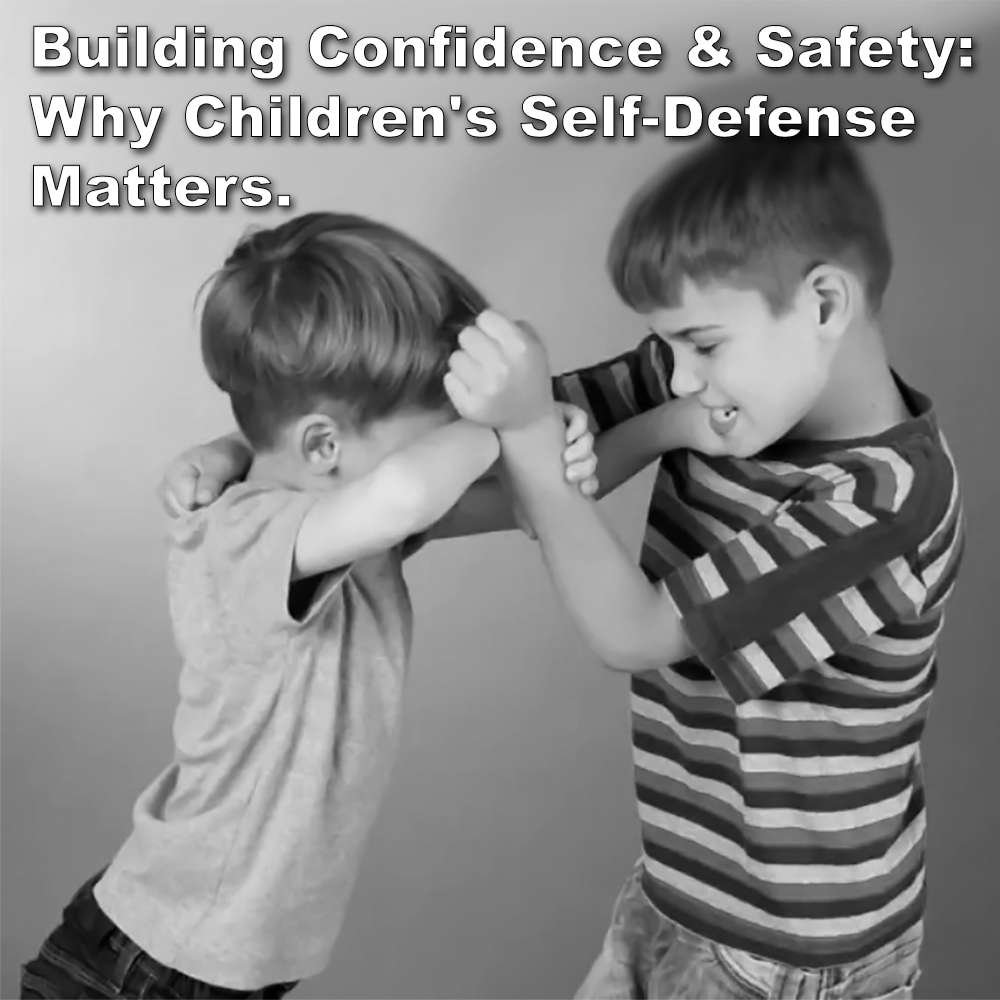
(2 minute 40 second read)
There are levels to teaching students, no matter the subject. But just because some of the students are at a lower level, or children, or beginners, what I do not agree with, is teaching something that is fundamentally flawed because of that level.
.
A comment on a recent article stated that they don’t teach children realistically because of “liability”.
.
So why teach children realistic self-defense?
.
Because this is one of the areas where self-defense is most relevant and needed today.
.
The “hard skills” of self-protection training is a tough one when it comes to teaching children. I am not going to dispute this. Furthermore, the very real limitations presented by children, greatly highlight the importance of learning and teaching “soft”, or non-physical skills.
.
It’s a little surprising then that we find the typical children’s class to be centered upon unrealistic self-protection methodology. Punch, block, punch block, often sited as just a ‘step on the training ladder’ – it’s just not realistic, no matter which way you look at it.
.
While it’s understandable to adapt teaching methods for children, it’s important not to impart ineffective techniques simply because of their age, disguising them as mere ‘steps on the learning path’.
.
Of course you have to start somewhere, a fundamental aspect of any training process. However, teaching flawed methods that must later be unlearned is counterproductive. It’s crucial to establish a strong foundation from the start and build upon it progressively, integrating new techniques as needed while retaining the old ones. Teaching the correct approach from the outset is essential.
.
So why introduce children to techniques that aren’t effective?
.
Instead of teaching potentially ineffective punch, block, punch, block drills, which if you think about it, is teaching children how to fight (something many comments were against), teach children self-protection for their level and understanding – which can begin with role-play.
.
Test their understanding of personal space, how to handle verbal aggression, taunts and deception.
.
Verbalization skills are important, as children need to be able to shout to raise attention when put under pressure – especially if someone is trying to abduct or manhandle them.
.
Escape must be the priority of any self-protection “hard skill” and this means reinforcing it at as often as possible in training.
.
In my classes we use role-play and when we require children to strike, we teach them to hit a target until it stops becoming an obstacle and an escape can be secured. This is applied to most drills, whether it’s a focus mitt exercise, striking the ‘Bob’, or a specific resistance based game or sparring.
.
We approach self-defense with a clear understanding that fighting is a serious option. We don’t glorify it, and we spend a lot of time practicing de-escalation skills to prevent situations from reaching that point.
.
Why teach anything that has limitations in the way it works – for anyone? If I cannot deliver a system that can be applied by those in our society who need it the most, then I am not really teaching self-protection.
.
From my experience with children’s karate training, it’s not about teaching kids to fight, but we can certainly introduce them to what I call “school yard self-defense” (mostly evading, escaping grips, pushes, bear hugs, head locks and so on).
.
Kids like to wrestle so we have fair and safe grappling, standing and on the ground….. it’s good fun.
.
In my opinion, for children (why not adults too), all training needs to be guided towards escape. Repetitive stepping, punch, block, punch, block, is not in anyway realistic.
.
If we’re teaching children, let’s equip them with techniques that will truly keep them safe when they need it most, rather than ones that may fail them. After all, wasn’t self-defense the primary purpose behind the creation of karate?
